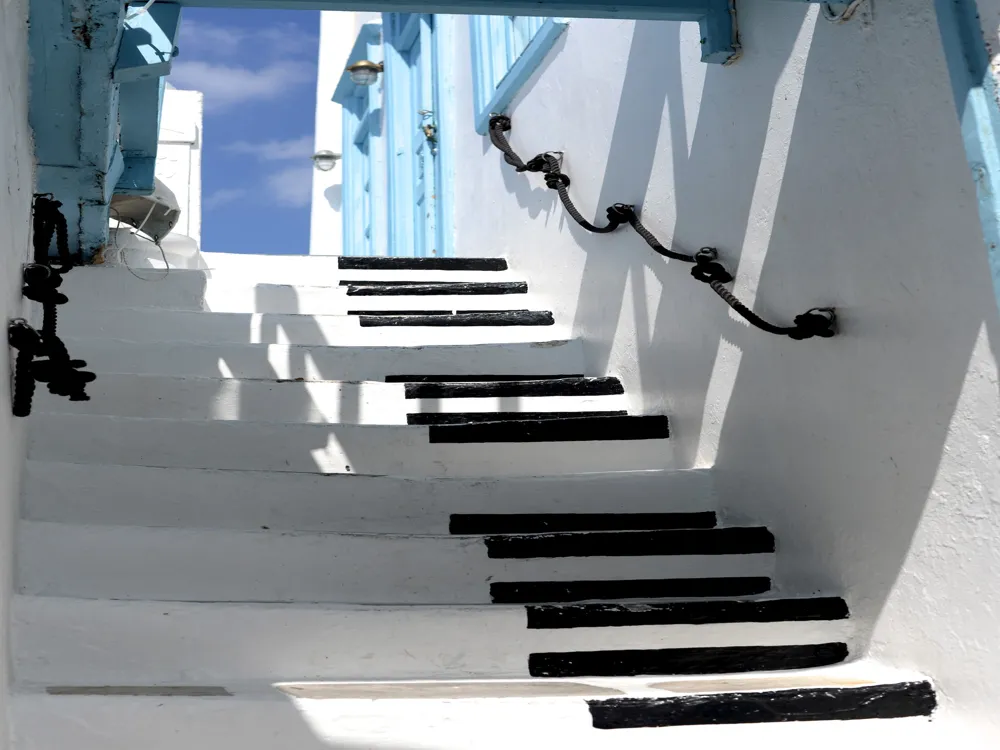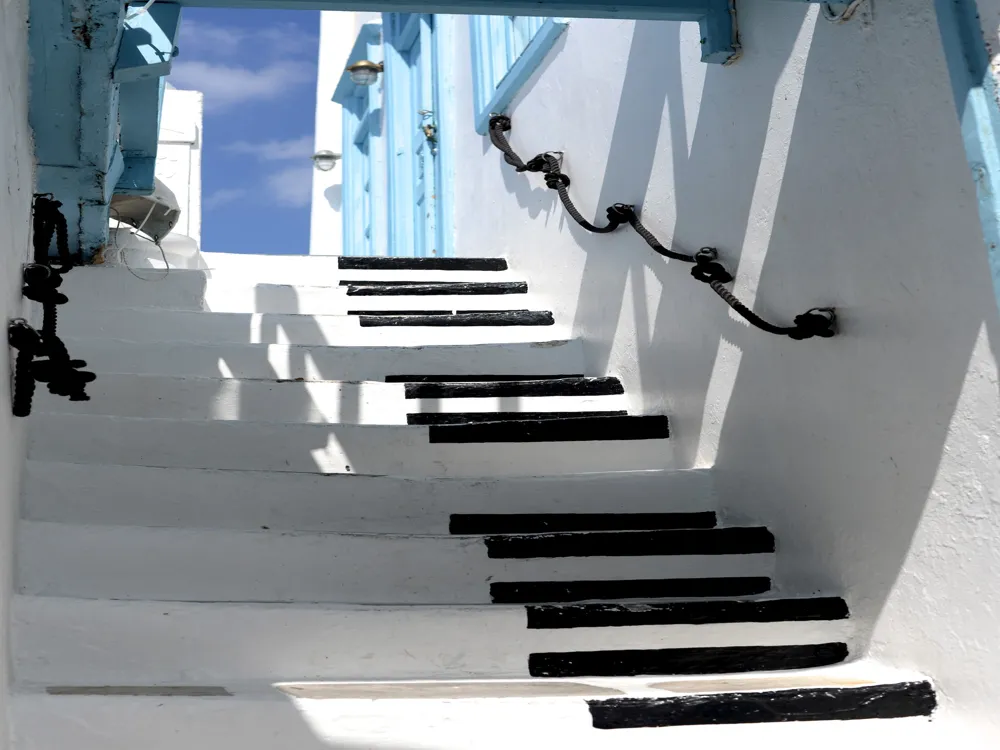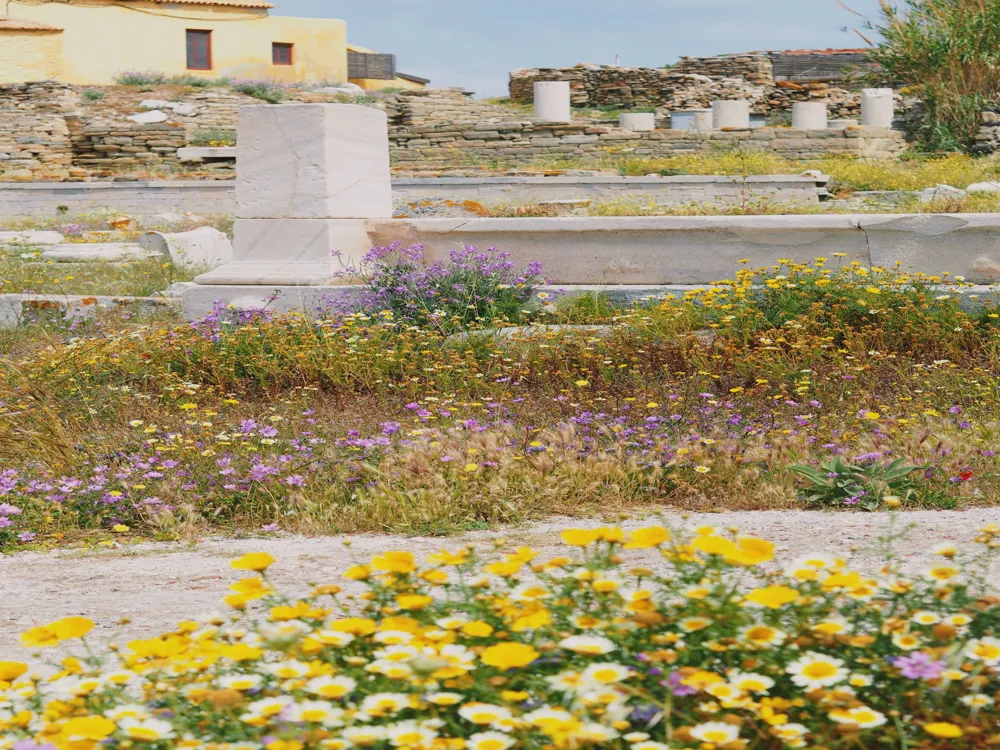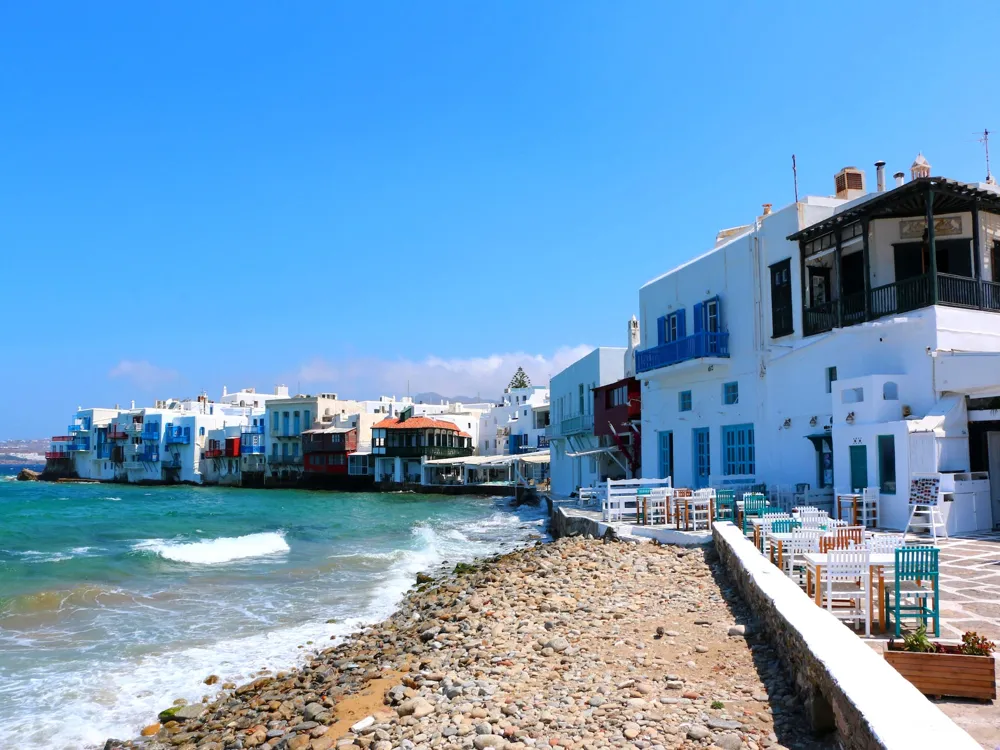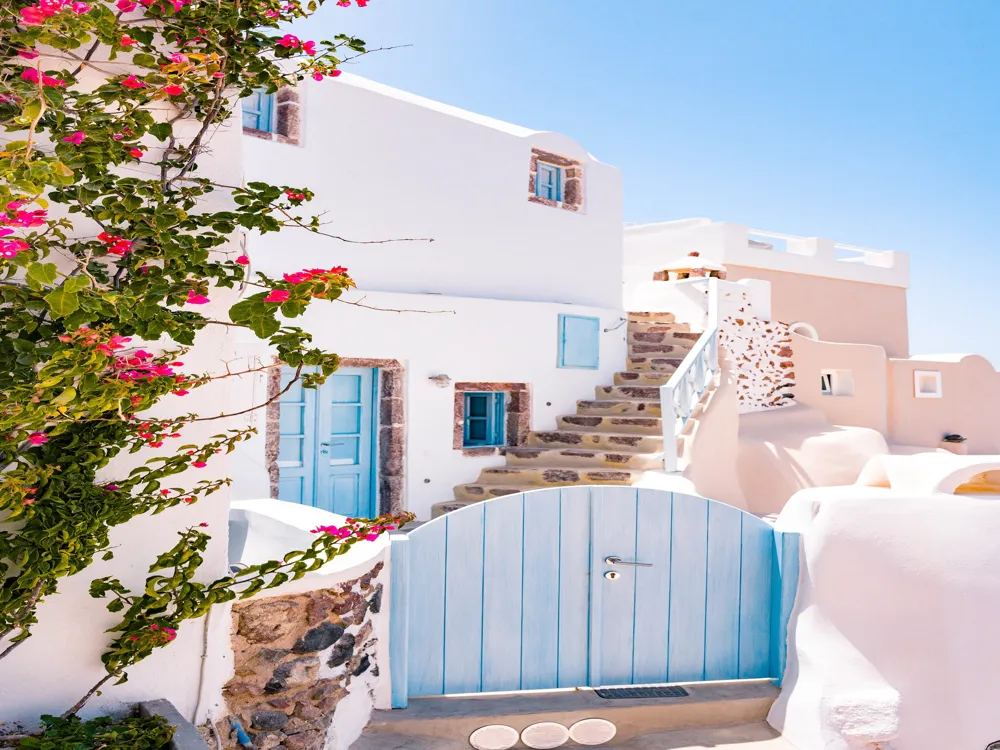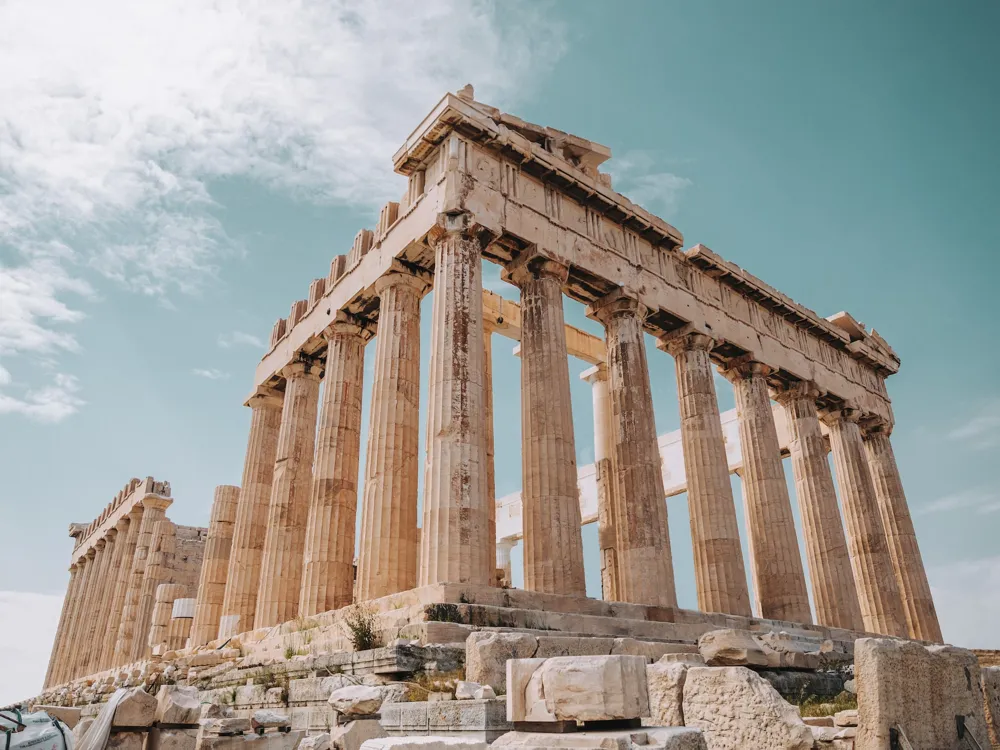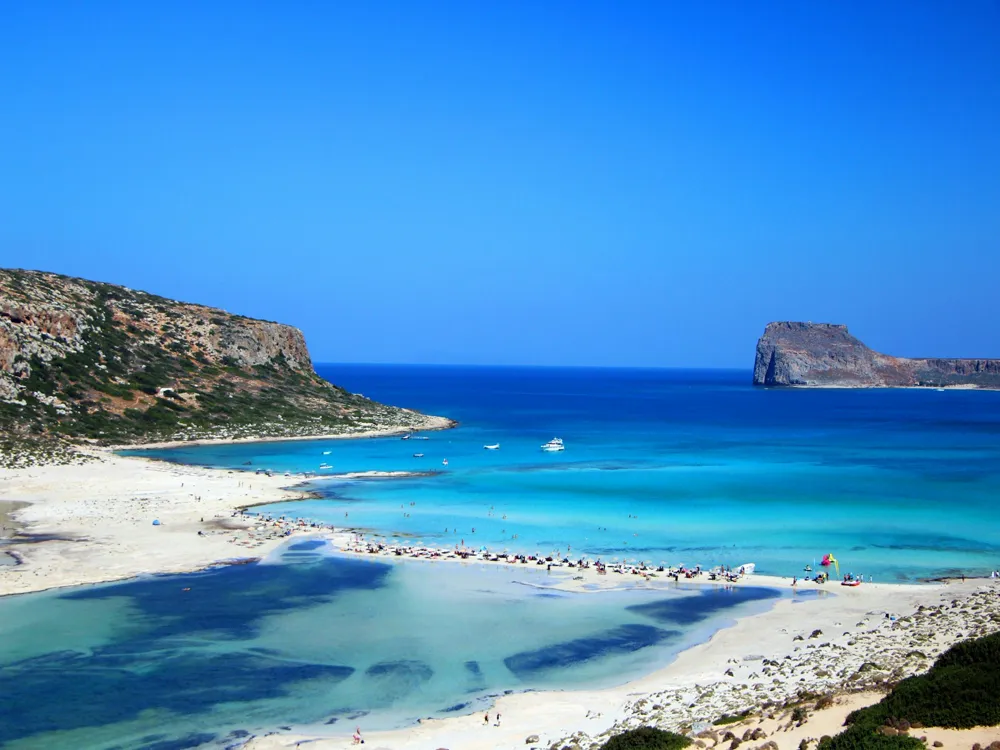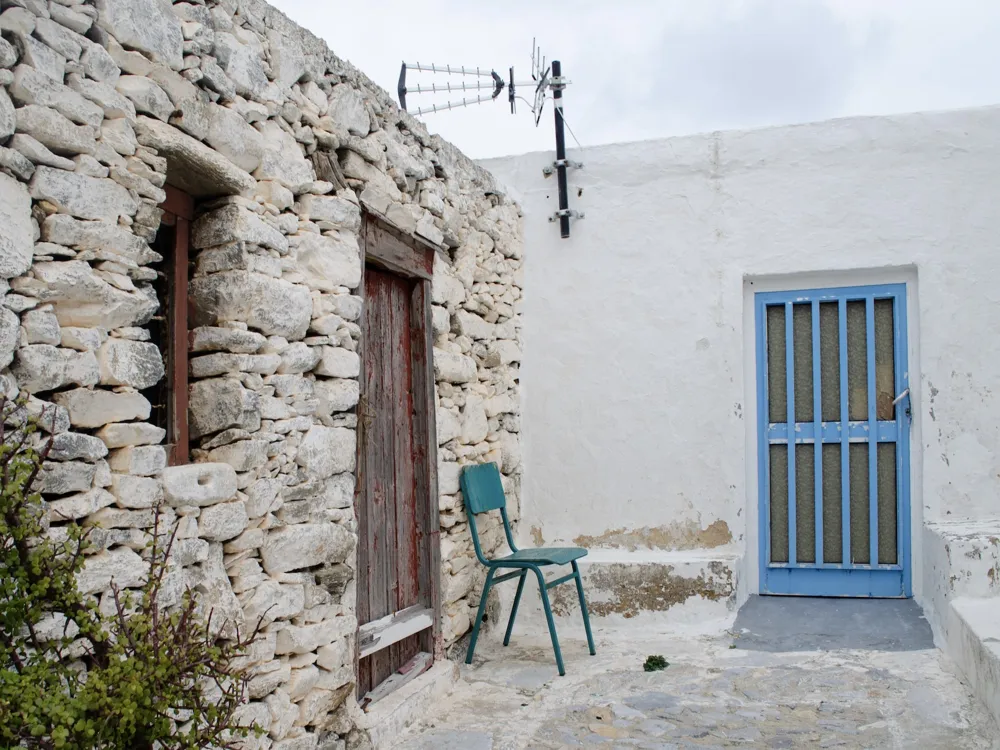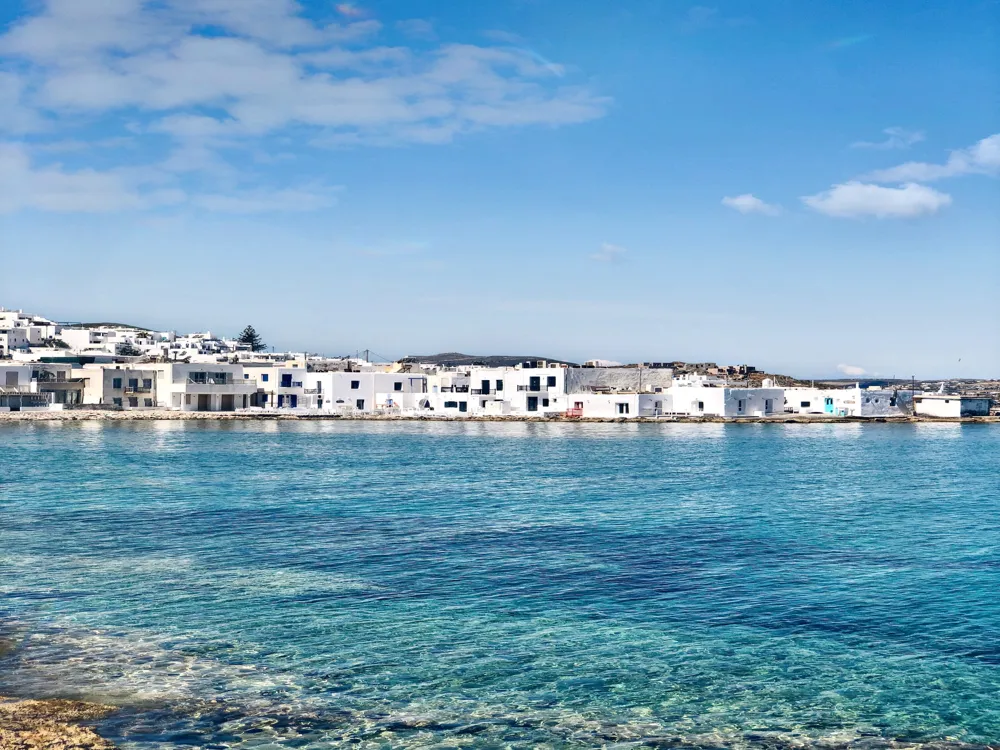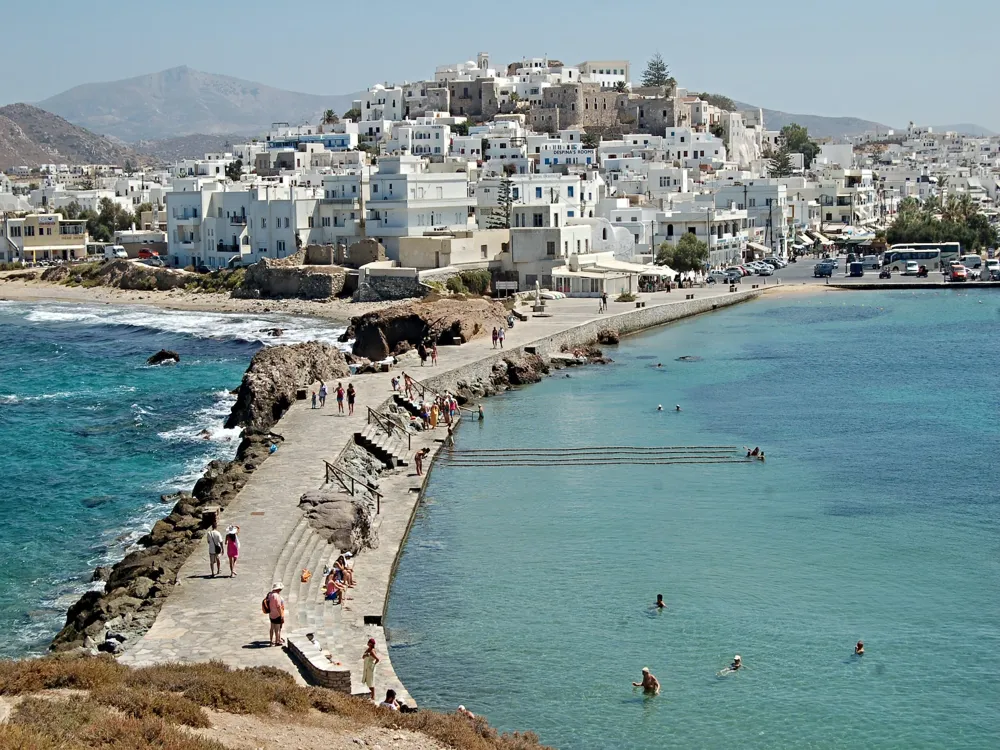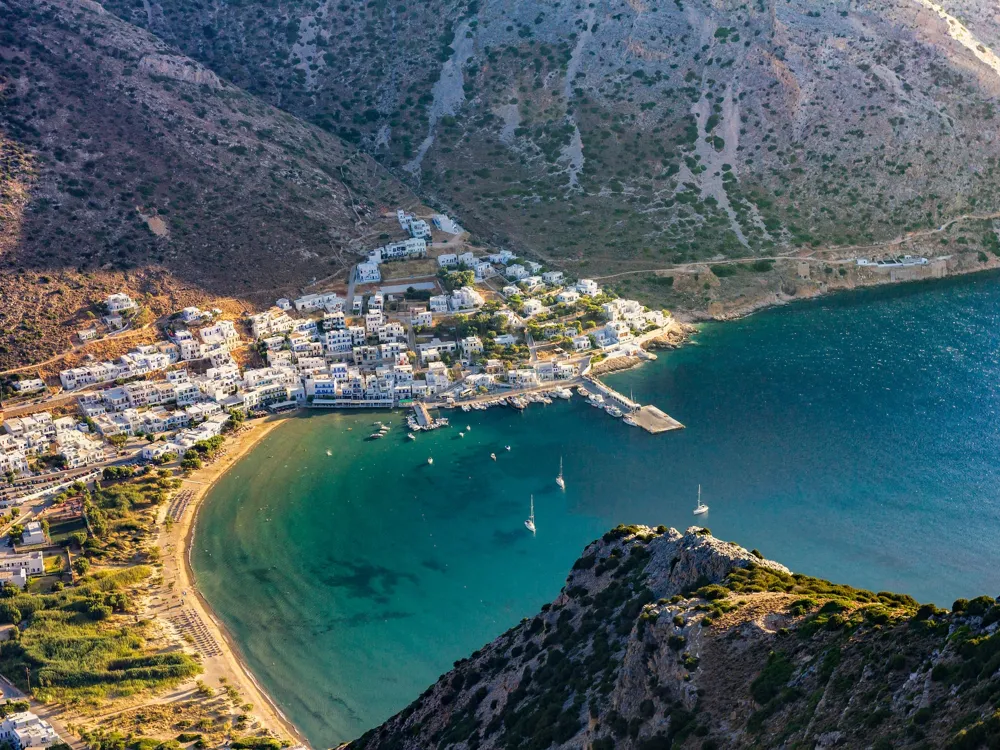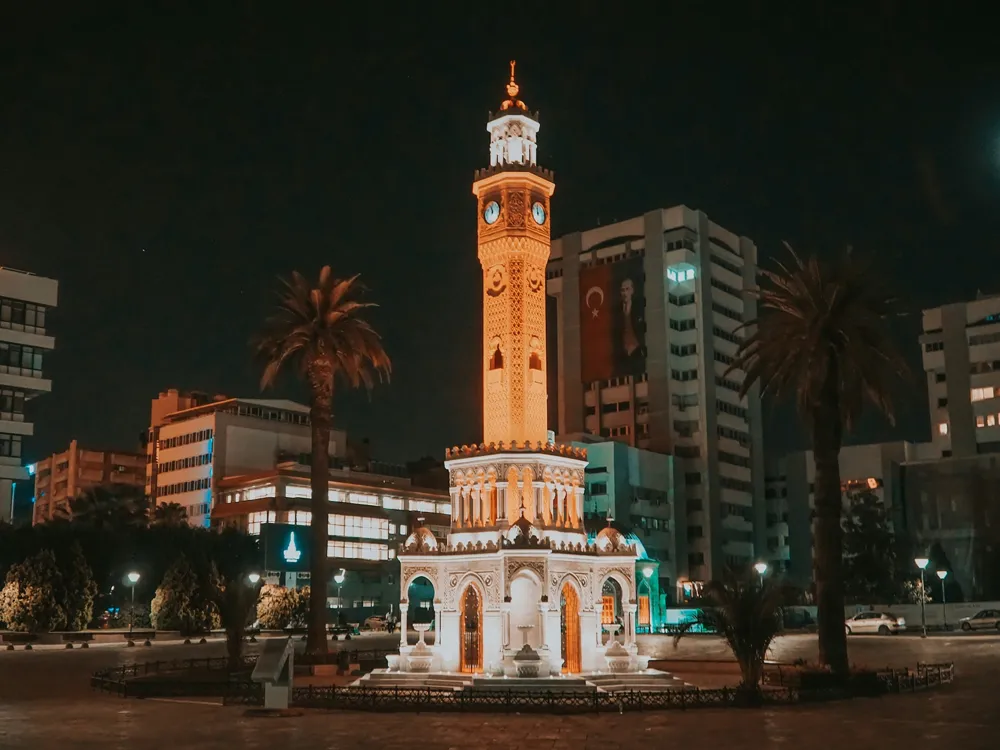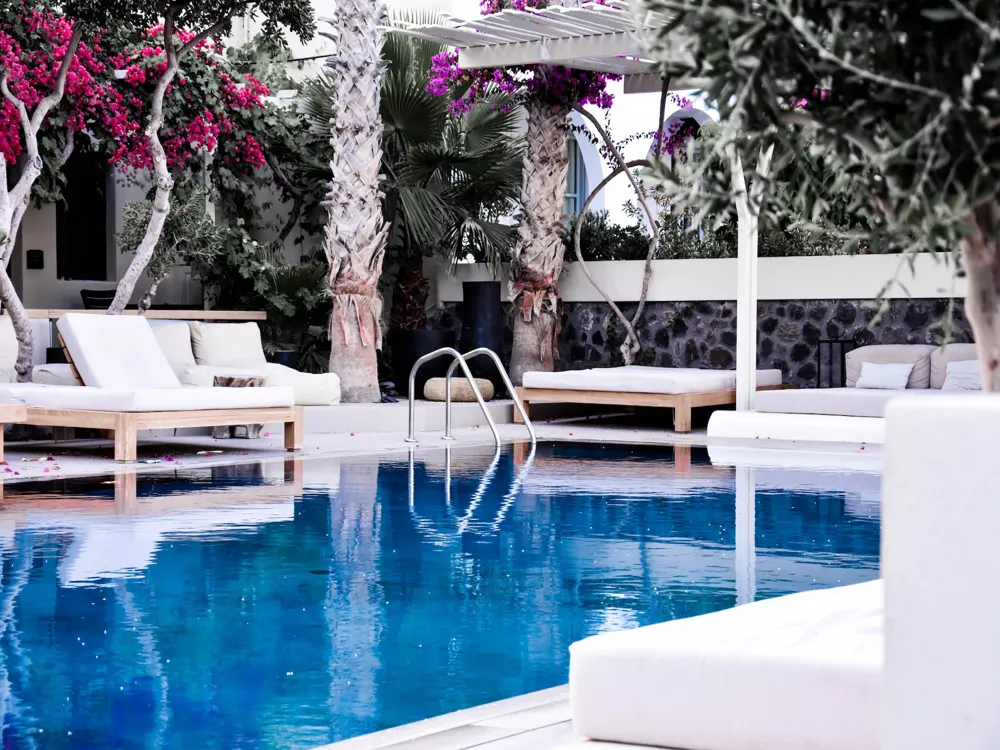The island of Mykonos, a jewel in the Aegean Sea, is renowned for its quintessential Greek charm, epitomized by its iconic windmills. These historical structures, perched atop hills and offering panoramic views of the sea, are not only a testament to the island's past but also a beacon attracting visitors worldwide. Originating as early as the 16th century, these windmills played a crucial role in the economic growth of Mykonos, primarily used for grinding wheat and harnessing the power of the wind. The windmills of Mykonos, characterized by their cylindrical shape, white-painted structures, and thatched roofs, are exemplary of traditional Cycladic architecture. Their strategic positioning to capture the prevailing winds demonstrates the ingenuity of past inhabitants. Today, these windmills stand as an emblem of the island's cultural heritage, with some converted into museums and private residences, offering a glimpse into the island's rich history. The architecture of the windmills in Mykonos is a fascinating blend of functionality and aesthetic simplicity. Predominantly built between the 17th and 19th centuries, these windmills are a symbol of the island's adaptation to its natural environment. The typical windmill structure comprises a circular, whitewashed edifice made of local stone, capped with a pointed, wooden roof. The conical roof, covered with a layer of straw or reed, is a distinctive feature, designed to be rotatable to align with the wind direction. Each windmill consists of a central, vertical axis that connects the sails to the internal machinery. The sails, traditionally made of canvas or wood, are the most striking feature, visible from afar as they spin against the Mykonian skyline. Inside, the windmills housed a complex mechanism of gears and millstones, essential for grinding grains. This ingenious design reflects the resourcefulness of Mykonos's inhabitants, who harnessed the island's windy climate for their livelihood. The interior of a Mykonian windmill is equally fascinating, characterized by its rustic charm and functional simplicity. The ground floor typically served as a storage area for grain, while the upper levels housed the grinding mechanism. The interior layout was designed to maximize efficiency, with narrow, wooden stairs connecting the floors. The small, round windows strategically placed around the windmill provided ventilation and light, essential for the milling process. In recent years, there has been a significant effort to preserve and restore the windmills of Mykonos. These efforts ensure that future generations can appreciate these historic structures. Some windmills have been converted into museums or cultural centers, where visitors can learn about traditional milling techniques and the historical significance of these windmills in the local community. While most of the windmills are no longer operational, they have found new life in modern times. Some have been transformed into cozy accommodations, offering a unique stay experience, while others serve as picturesque backdrops for events and celebrations. The adaptive reuse of these windmills showcases the island's ability to blend history with contemporary needs. While Mykonos is beautiful year-round, the best time to visit the windmills is between late spring and early fall. During these months, the weather is pleasant, and the winds are ideal for experiencing the windmills in action. The windmills offer stunning photo opportunities, especially during sunset. For the best shots, visit during the golden hour when the light casts a warm glow over the structures. While exploring, it's important to respect the windmills as cultural heritage sites. Avoid climbing on the structures, and follow any posted guidelines to help preserve these historical landmarks. Reaching the windmills in Mykonos is relatively straightforward. The island's compact size makes it easy to navigate. Visitors can opt for local buses, which regularly run from Mykonos Town to popular tourist spots, including the windmills. Alternatively, renting a car or a scooter offers more flexibility to explore at one's own pace. For those who prefer walking, the windmills are a short, scenic stroll from Mykonos Town, offering a delightful experience of the island's charming streets and stunning views along the way. Read More:Overview of Windmills in Mykonos
Architecture of Windmills in Mykonos
Interior Design
Preservation Efforts
Modern Adaptations
Tips When Visiting Windmills in Mykonos
Best Time to Visit
Photography Tips
Respecting the Site
How To Reach Windmills in Mykonos
Windmills in Mykonos
Mykonos
NaN onwards
View mykonos Packages
Weather :
Tags : Landmark
Entry Fees : No Entry Fees.
Planning a Trip? Ask Your Question
Mykonos Travel Packages
View All Packages For Mykonos
Top Hotel Collections for Mykonos

Private Pool

Luxury Hotels

5-Star Hotels

Pet Friendly
Top Hotels Near Mykonos
Other Top Ranking Places In Mykonos
View All Places To Visit In mykonos
View mykonos Packages
Weather :
Tags : Landmark
Entry Fees : No Entry Fees.
Planning a Trip? Ask Your Question
Mykonos Travel Packages
View All Packages For Mykonos
Top Hotel Collections for Mykonos

Private Pool

Luxury Hotels

5-Star Hotels

Pet Friendly





